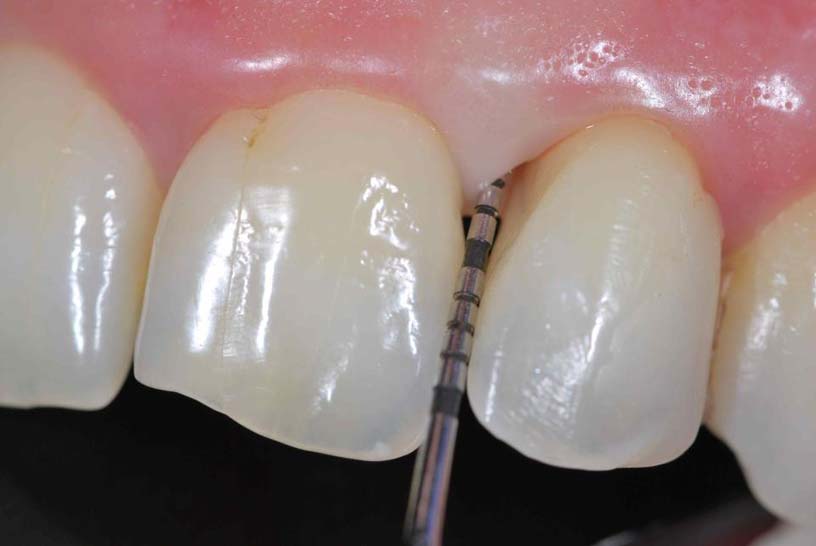Periodontitis (pyorrhoea)
Periodontitis is an infection of the tissue that supports the teeth. Like gingivitis, it affects the gums but, unlike gingivitis, it also affects the bone. It is characterised by a gradual destruction of tissue that supports the teeth. Periodontitis is caused by the bacteria of bacterial plaque that attack the gums and teeth of individuals who have a predisposition to this condition. Risk factors such as tobacco, stress, etc. accelerate the progress of the disease, resulting in the loss of teeth over time.
Despite that fact that it is a disease that shows very early symptoms, such as bleeding gums, unfortunately patients do not give the condition the respect it deserves due to the fact that it does not cause pain.
As it progresses, the signs and symptoms of the condition become more evident.
The signs of periodontitis are:
Periodontal disease has consequences for the health, functioning and aesthetics of the teeth and gums. Recovery from this process and from its consequences will be better and more effective the earlier it is detected and treated.
Treatment of periodontitis:
As with the treatment of gingivitis, adequate oral hygiene by the fundamental to ensuring optimal results in the long-term.
Before starting treatment we arrange a study visit, where a record is made of the loss of bone around each tooth using a periodontogram and we take a series of X-rays that will help us correctly diagnose and plan a course of treatment for the patient. In some cases, we will also perform a microbiological analysis of bacteria found in the mouth. The information we record includes how the patient brushes their teeth, and we spend considerable time teaching them how to brush their teeth more effectively. The purpose of keeping this record is to be able to see how their periodontal hygiene and pockets evolve over time following treatment. To consolidate the results in hygiene technique, we reinforce instructions during each visit.
The first part of the treatment consists of the removal of the calculus found under the gum line using curettes and ultrasound, a procedure referred to as root scaling and planning (the “basic phase”). This treatment is carried out under anaesthetic and should not cause discomfort for the patient, either during or after the procedure. Approximately a month and a half after the basic phase, we perform a re-evaluation to analyse the response to the treatment. If we have been able to remove the tartar under the gum line during the root scaling and planning phase and the patient has no deep periodontal pockets or bleeding, the patient can then move on to the maintenance phase, with maintenance in general occurring every six months. If it is found during the re-evaluation that the patient still has present deep calculus (this tends to occur once the tartar is 5-6mm deep before the basic phase), surgery to lift the gum line in order to clean the deepest part of the root may be appropriate. In some cases, we can regenerate the bone lost by applying various products to the bottom of the bone defects. Surgery is also performed with the patient under anaesthetic, and does not tend to cause great discomfort or inflammation. Once these areas are brought under control through surgery, the patient can then move on to the periodontal maintenance phase.


